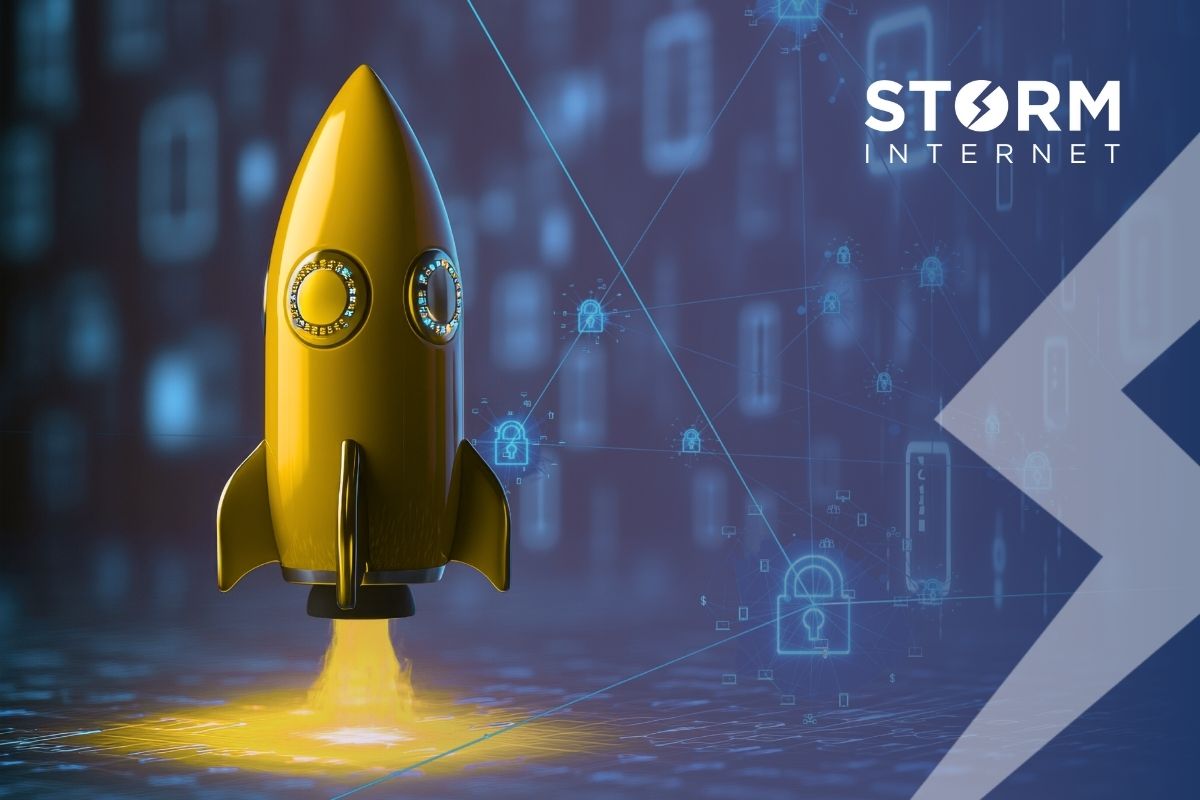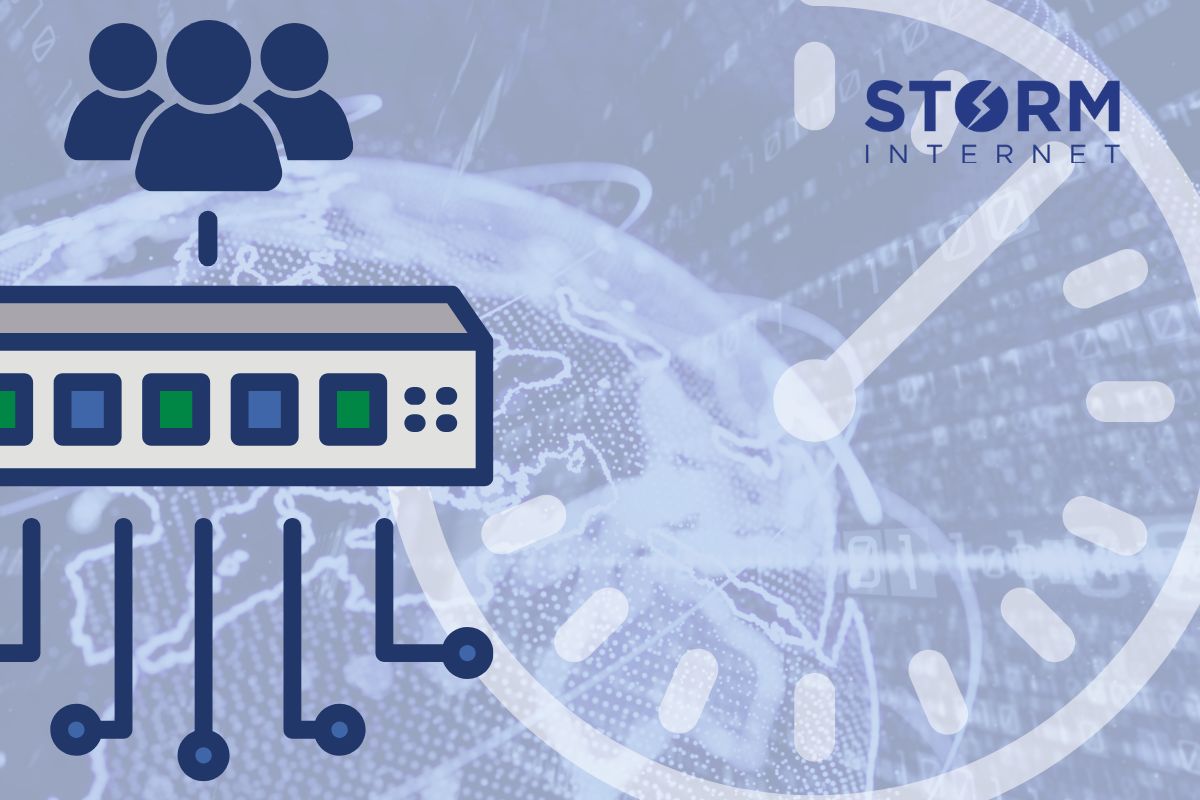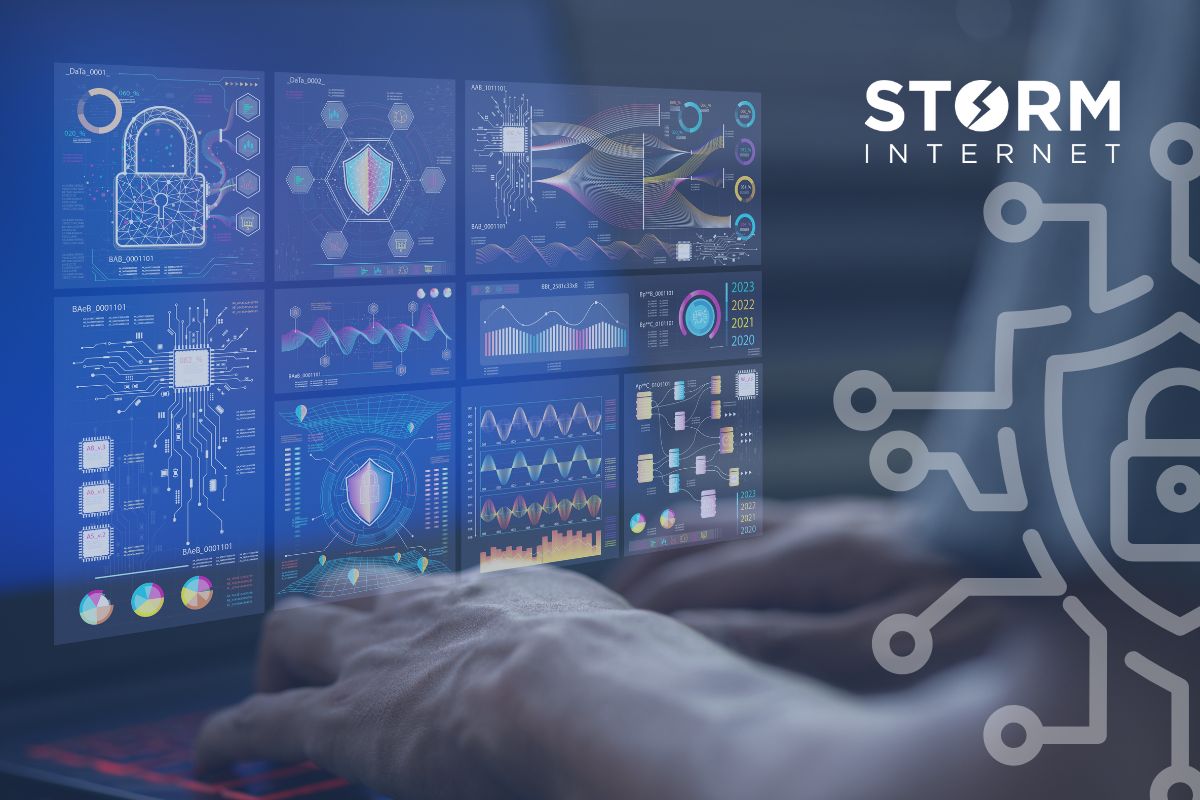Cloud Hosting
How does Hyperscaling Work?

Zoom was founded in 2012 and hit the 1 million download mark in 2013. But during the early days of the COVID pandemic, downloads hit 2.13 million in just one day. How does Zoom, and other notable brands like Netflix, Facebook, and Amazon handle such unforeseen surges in traffic? Hyperscaling makes it possible.
Hyperscaling refers to the dynamic and automated scaling of infrastructure to provision resources that help businesses meet large and variable demand. This can occur horizontally (by adding more servers) or vertically (by upgrading existing servers). It can occur logically (adding more virtual servers, for example) or physically (adding more physical servers). Hyperscaling data centres can easily house thousands of servers, all interconnected and functioning as a single unit.
Key Features of hyperscaling
Hyperscaling comes with a number of defining features that makes it appealing to businesses that need to handle huge spikes in demand.
Dynamic Scaling: Resources are automatically scaled to meet demand. This happens lightning fast, and negates the need for human intervention. Once demand recedes, resources are scaled down.
Cloud-native architecture: Hyperscaling is often implemented in public and private cloud environments where resources can be scaled on demand.
High automation: Hyperscaling relies on orchestration and automation tools, which includes load balancers, containerisation (e.g., Docker), and orchestration platforms (e.g., Kubernetes). Load balancers are particularly critical, as they evenly distribute workloads across the scaled infrastructure to prevent bottlenecks and ensure high availability.
Resilience and redundancy: Hyperscaled systems are designed for high availability, with redundancy built in to ensure continuity. This often includes multi-zone deployments or disaster recovery mechanisms to safeguard against localised failures.
Cost-Efficiency: Hyperscaling optimises costs by using resources only when needed.
Is It Just a Big Cloud?
Hyperscaling and cloud computing can overlap. However, it’s important to remember that hyperscaling is about infrastructure that can be scaled dynamically to meet changing workloads efficiently and automatically. But it is not just about size; it is an operational strategy focused on elasticity, automation, and efficiency at scale.
| Aspect | Cloud Provisioning | Hyperscaling |
| Definition | Setting up, configuring, and allocating cloud resources (e.g., servers, storage, instances). | Dynamically scaling infrastructure to meet large and variable demands. |
| Focus | Initial setup and resource allocation. | Continuous and automated scaling of resources. |
| Scale | Typically smaller, depending on business needs. | Massive scale—designed to support millions of users and huge workloads. |
| Automation | Can involve manual configuration or automation tools. | Fully automated and relies heavily on orchestration tools. |
| Use Case | Setting up servers for an application or service. | Keeping services operational during high traffic surges (e.g., Netflix streaming). |
Who Uses Hyperscaling?
Hyperscaling is typically associated with businesses or organisations that experience rapid and unpredictable growth, require scalable IT infrastructure, or deal with massive amounts of data and traffic. The following types of businesses commonly benefit from hyperscaling:
- E-Commerce Platforms
- Businesses like Amazon, eBay, or Shopify handle fluctuating traffic, especially during sales events or holidays.
- Hyperscaling ensures these platforms can handle sudden spikes in user activity and transactions without downtime.
- Streaming Services
- Video and music streaming services like Netflix, YouTube, or Spotify deal with millions of concurrent users and vast amounts of data delivery.
- Hyperscaling enables seamless content delivery, even as user demand surges globally.
- Social Media Platforms
- Social media giants like Facebook, Twitter, Instagram, and TikTok rely on hyperscaling to manage their expanding user base and content volumes.
- As user activity can peak unpredictably (e.g., viral posts or live events), scalable infrastructure ensures smooth operation.
- Gaming Companies
- Online multiplayer games and gaming platforms like Epic Games, Steam, or Xbox Live face massive user bases and dynamic traffic demands.
- Hyperscaling is critical for delivering a lag-free gaming experience during game launches or updates.
- SaaS Providers
- Software-as-a-Service companies like Salesforce, Zoom, or Slack grow rapidly as they onboard more clients.
- Hyperscaling allows them to scale their resources to meet the needs of individual users and enterprises.
- Fintech and Banking
- Online payment processors, cryptocurrency platforms, and banks increasingly rely on hyperscaling to handle secure transactions at scale.
- This ensures availability during peaks, such as Black Friday or tax season.
- Healthcare and Biotechnology
- Hospitals, telemedicine providers, and biotech companies process enormous amounts of sensitive data.
- Hyperscaling supports electronic health records (EHR), real-time analytics, and global health research initiatives.
- IoT and Smart Device Manufacturers
- IoT platforms that manage millions of connected devices (e.g., smart homes, industrial IoT) depend on hyperscaling to process and analyse streams of data efficiently.
- Big Data and AI Companies
- Companies working on artificial intelligence, machine learning, and big data analytics require scalable computing power to process and analyse massive datasets.
- Content Delivery Networks (CDNs)
- Companies providing content caching and delivery services need hyperscaling to distribute data and content globally in real time.
- Education Technology
- EdTech platforms like Coursera or Khan Academy experience surges in traffic during global learning initiatives or during the pandemic.
- Hyperscaling helps maintain service quality for millions of users.
- Media and News Organisations
- News websites and live broadcasters need hyperscaling to handle spikes in traffic during major events or breaking news.
- Logistics and Supply Chain Management
- Companies like FedEx, UPS, or Amazon Logistics rely on hyperscaling for real-time tracking, route optimisation, and demand prediction.
- Nonprofits and Governments
- Nonprofit organisations and government bodies may require hyperscaling during crises or large-scale projects, such as disaster response or census data collection.
In general, any business operating in a digital ecosystem with highly variable demand, exponential growth, or massive data processing needs is a strong candidate for hyperscaling.
Conclusion
Businesses increasingly operate in unpredictable digital ecosystems. Hyperscaling has become a cornerstone of modern IT infrastructure, empowering organisations to seamlessly adapt to changing demands, ensuring resilience, efficiency, and cost-effectiveness. Whether you’re managing a global e-commerce platform, delivering real-time analytics, or hosting millions of connected devices, hyperscaling ensures you stay ahead of the curve.
If your business faces challenges like rapid growth, massive data processing, or unpredictable workloads, hyperscaling could be the solution you need to thrive in a competitive landscape.
Speak with a Storm Expert
Please leave us your details and we'll be in touch shortly
A Trusted Partner








